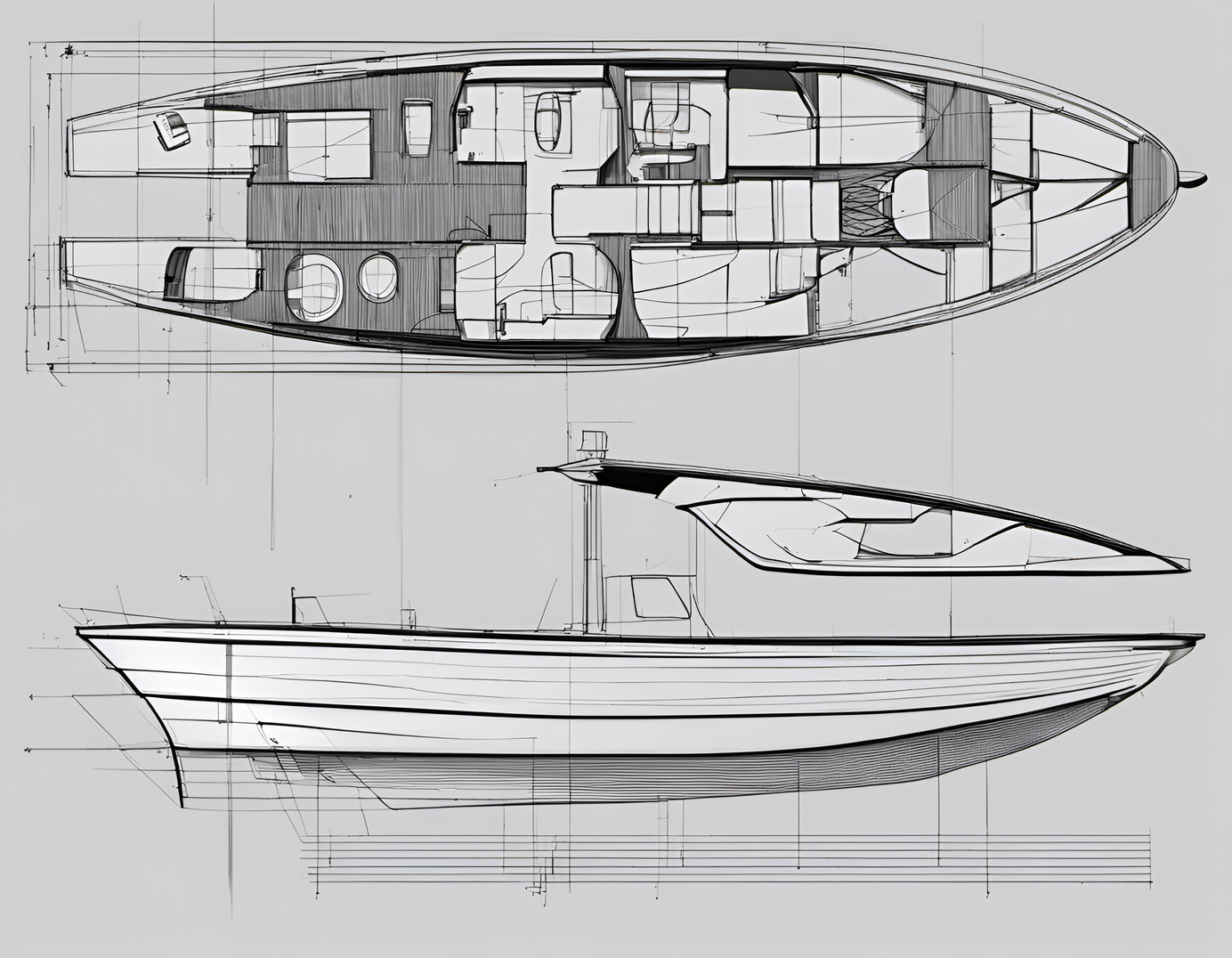
Your Ultimate Guide to the Product Discovery Process
While product discovery is a necessary process, it can be challenging to wrap your head around all the tools and techniques. The solution? Spending more time on product discovery and user research to be more efficient when building the product.
Table of Contents
Many software and product development teams enjoy the coding process and building new products. However, there are times when these products or new feature additions to old products aren’t always aligned with product goals. The result is a lot of wasted time that could have been better spent elsewhere.
While product discovery is a necessary process, it can be challenging to wrap your head around all the tools and techniques. The solution? Spending more time on product discovery and user research to be more efficient when building the product.
In 2001, the release of the Agile Manifesto gave product teams a more precise, documentation-driven approach to project and product management that encouraged user research, design thinking, and customer feedback. The manifesto changed the focus of the product and placed it on customers rather than internal stakeholders to solve the age-old question of “what do the customers want?”
In this article, we will explore product discovery, how to go about it, and what else you need to know in order to start developing a successful strategy for discovering new products.
What Is Product Discovery? (And Why Is It Important?)
Product discovery is the process of understanding what problem your product aims to solve. The product discovery process involves developing a thorough understanding of your potential users, their needs, pain points, and potential solutions, which you could provide to improve their lives.
The discovery process gives product teams the information they need to make sure that their solutions meet real user needs or what users would be willing to pay for. By doing thorough product discovery work, product teams ensure that they build products with a real need, preventing development teams from spending months developing a solution that might not work,e.g., Google Glass.
To minimize the risk of product failure, customer-centric companies and product teams should follow a product discovery process and expose as many team members as possible to the discovery work to make sure that every stakeholder in the discovery team has given their feedback. This will reduce errors and increase the probability of success.
Who Should be Involved in the Product Discovery Process?
Behind every successful product, there is a great product team typically composed of cross-functional team members. Often, product teams are composed of a scrum team made up of the following people:
- Product Manager: Sets the product vision, defines the strategy and prepares the plan for delivery and releases.
- Product Owner: Defines user stories and prioritizes team backlogs to streamline product delivery and maintain conceptual integrity.
- Product Marketing Specialists: Researches the competitive landscape and defines buyer personas.
- User Experience Designers: Conducts user research and builds user story maps and wireframes.
- Product Analysts: Integrates data sources and researches market trends to understand user journeys and product analytics.
(The work above doesn’t need to be done by the suggested roles. As long as there are people doing the work, these roles do not have to match exactly.)
The Product Discovery Process
Understand the Opportunity
Typically, the discovery process starts with an overview of the potential user base, market, and general solutions. Start with the “why.” Why build this, and what does this software bring to the user?
You need to focus on creating alignment between the product teams and the C-suite. That way, they are all on the same page and can agree on what the product means and build trust and understanding between the teams.
Understand Customer Needs
Assessing customer needs can prove difficult, but it’s necessary for a thorough, continuous discovery. Making sure you understand the user and customer needs reduces the risk of building ill-fitting solutions that won’t be able to connect the user needs with the products that are being built. At this stage, the product teams should collect new data through surveys, interviews, and RFPs to understand customers better.
Hypothesize the Problem
Once you have a grasp of the customer’s needs, it’s important to present a hypothesis of the problem your product solves. This process usually starts with the product team gathering all the information available to analyze the problem, the competitors, and the users. These hypothesis tests aim to gain a clear understanding of the problem and the potential avenues to solve it to gain a shared understanding of what the product will do and who will benefit from it.
Confirm the Problem
Now that you have a working hypothesis, it’s time to define and delineate your problem clearly. To do it, try and nail it down in one sentence that covers the problem your product will solve. Think of it as a problem statement of your product, like a college thesis statement. Then, try to communicate that delineated problem to your product team during a discovery session to gather a cross-functional understanding of the situation and build a product strategy around it.
Brainstorm Solutions
Product ideation is one of the most difficult parts of the product development process because it can be hard to think of a working solution under pressure. When you’re conducting a product discovery workshop and brainstorming new ideas, try to create a structure that helps your product teams develop good ideas using actionable customer data. There are plenty of product ideation methods for brainstorming games product teams can play to get the creativity flowing.
Build a Prototype
The good thing about prototyping is that it lets you demonstrate your ideas to your customers and bring concepts to life. Prototypes come in all shapes and sizes and they include sketches, mockups, wireframes, clickable prototypes, or delivering a minimum viable product. The way you decide to deliver your product prototype depends on your particular software product and your teams trying to achieve and learn from the process, what needs to be tested, and the questions that your stakeholders might have.
Validate Solutions
Validating your ideas in the real world with real users is a must. It requires that product teams move in an active direction to gather and analyze the data they’ve collected throughout the product delivery process to prove or disprove the hypothesis that was posed at the beginning of the development process. This stage aims to validate the effectiveness of the product in a real-world scenario, forecast the marketing P&L, and assess whether or not it suits the target customer.
Build Product
Once the solution has been validated by the customer, the product owner, and the product team, it’s finally time to build a functioning software product. Don’t skip the other parts of the process and think that building something first to see if users will come is a good idea. It is not. The whole point of proper product discovery is to give you the customer data you need to deliver something that will really make waves and solve real customer needs. In fact, it’s more than possible to end up spending way more time in the product discovery process than in the actual product building process.
Get Product Discovery Help with Salsita
Proper product discovery will give you both agility and a deep understanding of your customers. Once you’ve conducted a discovery process, developing a product that suits your users’ needs will be easier than you think. However, it is critical to prove or disprove your customers' assumptions through continuous discovery, so you don’t waste time and resources on ill-fitting solutions.
Salsita offers customers a holistic approach to product discovery and delivery by helping you build a focused product strategy that supports product design and development, planning and management, user experience, user testing, forecast and tracking, and product marketing.
Salsita can help you:
- Monitor, optimize, and analyze your product
- Find users that are interested in the product to determine proper market-fit
- Evaluate market interest and forecast a monthly revenue plan based on data
- Prioritize interest in key product features to develop your product further
- Map user personas, UX, user traction analysis, user testing, and feedback
- Create graphic design, copywriting, landing pages, and video assets
To learn more about our product discovery process, UX approach, and MVPs visit our website.










